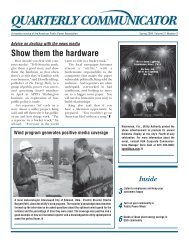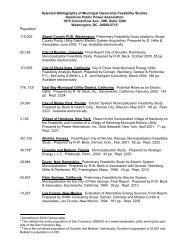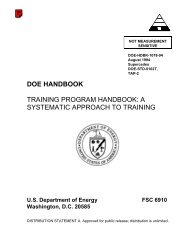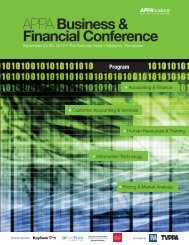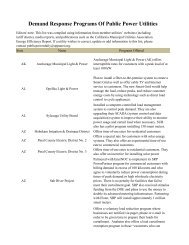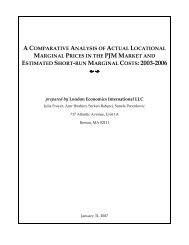Safeguarding Classified and Sensitive But Unclassified Information ...
Safeguarding Classified and Sensitive But Unclassified Information ...
Safeguarding Classified and Sensitive But Unclassified Information ...
You also want an ePaper? Increase the reach of your titles
YUMPU automatically turns print PDFs into web optimized ePapers that Google loves.
<strong>Classified</strong> information shall not be disposed of in a waste basket or recycling bin. It must be<br />
placed in a safe approved for classified storage, or destroyed in a manner authorized for the<br />
destruction of classified material. See “Destruction of <strong>Classified</strong> Materials” on Page 18.<br />
All forms associated with the safeguarding of classified information, i.e., cover sheets, destruction<br />
certificates, etc., can be obtained by contacting DHS OS/ASD.<br />
Storing <strong>Classified</strong> <strong>Information</strong><br />
When not under the personal control of an authorized person, classified information must be<br />
stored in an approved security container. The equipment required for the storage of classified<br />
information is as follows:<br />
TOP SECRET must be stored in a safe type steel file container having a built in,<br />
three position, dial-type, combination lock approved by GSA <strong>and</strong> bearing the GSA<br />
approval label. One or more of the following supplemental controls will also be in<br />
place:<br />
• The location housing the security container is subject to continuous<br />
protection by cleared guard or duty personnel,<br />
• Cleared guard or duty personnel inspect the container every two<br />
hours, or,<br />
• The location is protected by an Intrusion Detection System with a<br />
personnel response time within 15 minutes of initial alarm annunciation.<br />
SECRET or CONFIDENTIAL must be stored in a GSA approved container bearing the GSA<br />
approved label. No supplemental controls are necessary.<br />
Security containers used for the storage of classified information shall be placed in a room or<br />
area where access is restricted to a limited number of personnel.<br />
Collateral Open Storage Area<br />
When equipment is deployed that allows for connectivity to an external network that affords<br />
access to classified information, for example, the Homel<strong>and</strong> Security Data Network (HSDN) or<br />
the Homel<strong>and</strong> Security <strong>Information</strong> Network −SECRET Level (HSIN-S) the room/area where the<br />
equipment is deployed shall be built to the st<strong>and</strong>ards of <strong>and</strong> approved as an “Open Storage<br />
Area.” Such rooms/areas shall be constructed in accordance with DHS Management Directive<br />
(MD) Number 11046, “Open Storage Area St<strong>and</strong>ards for Collateral <strong>Classified</strong> <strong>Information</strong>,” <strong>and</strong><br />
authorized in writing by DHS OS/ASD. Contact DHS OS/ASD for st<strong>and</strong>ards, specifications, <strong>and</strong><br />
procedures for open storage of classified information. See the State, Local <strong>and</strong> Private Sector<br />
Security Matrix as a reference for safeguarding <strong>and</strong> storage st<strong>and</strong>ards (Matrix Attached).<br />
In certain circumstances, such as JRIES-S deployment through the Critical Infrastructure<br />
Warning <strong>Information</strong> Network (CWIN), a security container may be used in lieu of an open<br />
storage area for the storage of equipment associated with the CWIN classified connectivity. In<br />
this specific instance <strong>and</strong> based on the appropriate configuration, classified connectivity is<br />
terminated <strong>and</strong> can not be restored once the cryptological key (encryption device) is removed<br />
from the equipment <strong>and</strong> the equipment is severed from CWIN.<br />
14






